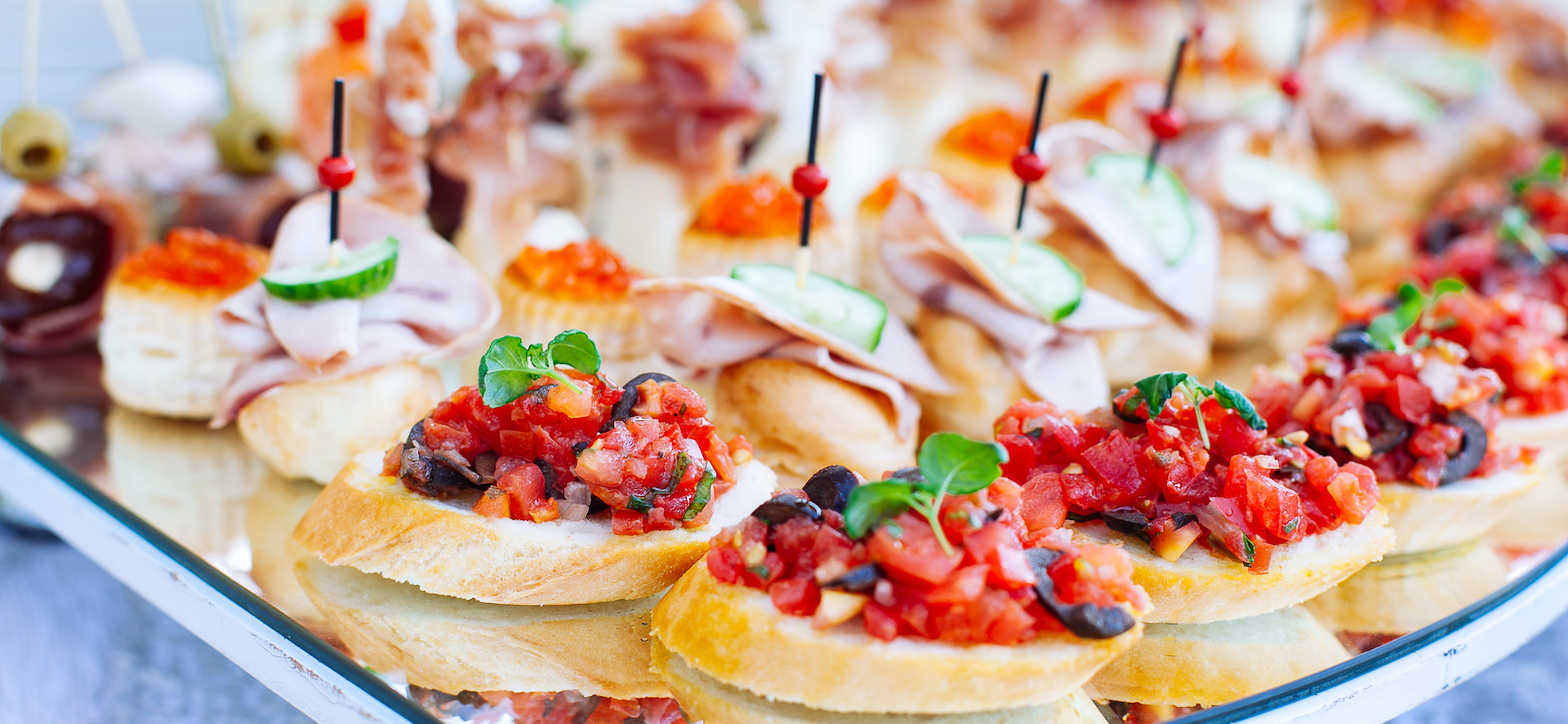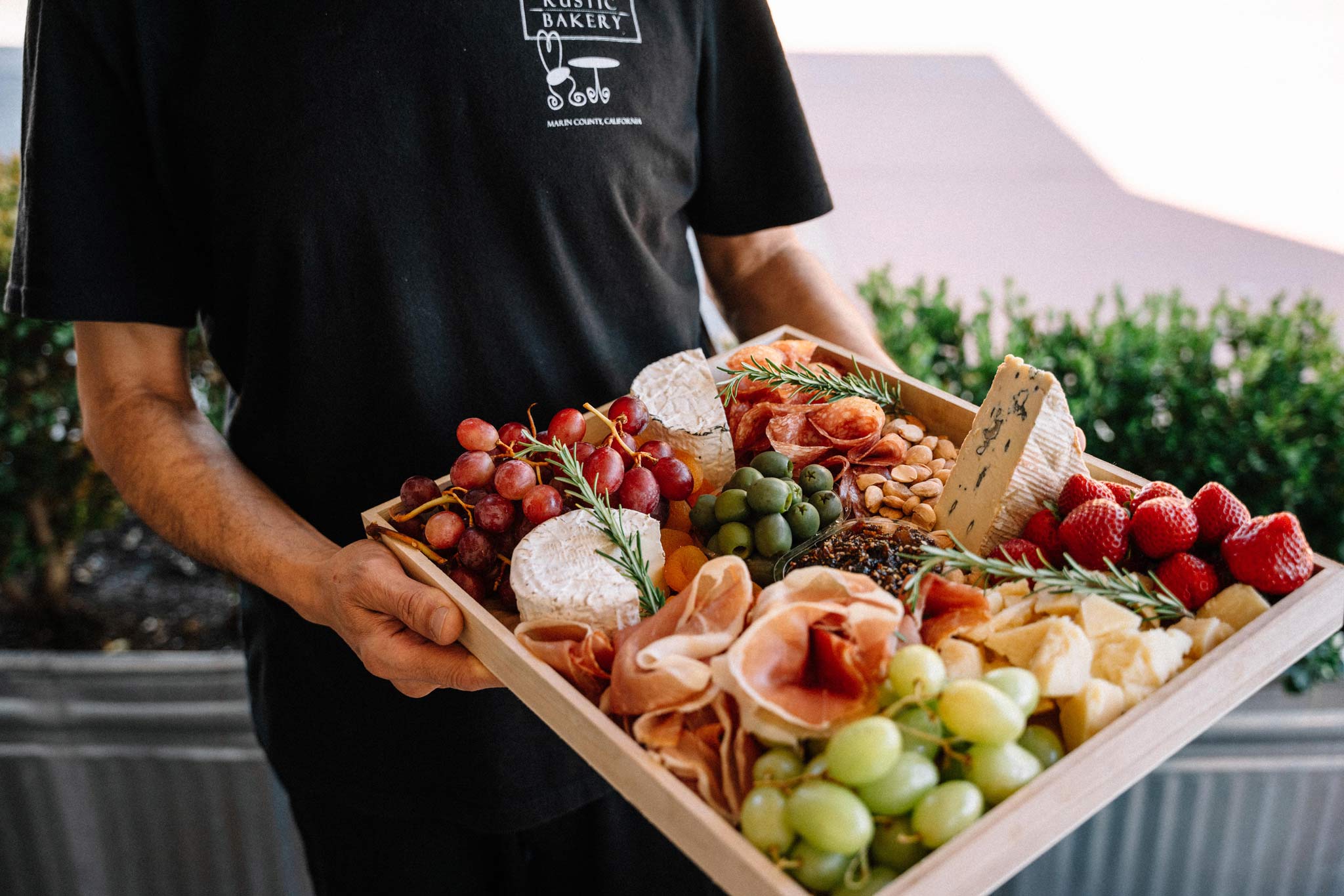Comprehending the Art of Pastry Shop Products: From Freshly Baked Breads to Irresistible Pastries and Finger Foods
From the scientific research behind the ideal loaf of bread, where fermentation and gluten development play pivotal duties, to the skill required for creating layered breads, each element exposes a compelling narrative of workmanship. The adaptability of finger foods shows how taste and structure can be artfully combined to involve varied taste choices.
The Scientific Research of Bread Making
At the heart of every loaf of bread exists a remarkable interplay of chemistry and biology. The procedure of bread making starts with the combination of flour, salt, yeast, and water-- each component playing an important duty in the final product.
Yeast, a living organism, ferments the sugars existing in the flour, generating carbon dioxide and alcohol in the process. The co2 gas develops bubbles in the dough, causing it to rise and establish a light appearance. The temperature level and humidity during fermentation substantially affect yeast task and, consequently, the bread's flavor and texture.

Learning Pastry Methods
How can one accomplish the fragile balance of appearance and flavor that specifies extraordinary pastry? Grasping bread methods calls for a deep understanding of components, approaches, and the science behind them. Basic to this craft is the selection of top notch ingredients-- flour, butter, sugar, and eggs-- each playing a vital role in the end product's flavor and structure.
The technique of lamination, which includes folding layers of dough and butter, develops the wanted flakiness in pastries like croissants and smoke bread. Precision in temperature level is essential, as butter should stay cool to ensure ideal layers. Appropriate blending methods, such as the creaming technique for cakes, guarantee also unification of air and fat, resulting in a light and ventilated crumb.
Moreover, preserving the best moisture degrees throughout cooking can dramatically influence the end result, ensuring that pastries rise correctly and achieve that golden-brown finish. Finally, the art of pastry also demands patience and practice; each effort boosts one's ability and understanding of the intricate balance required to create irresistible pastries that delight the senses. Proficiency in these methods eventually distinguishes a competent pastry chef from an amateur.
Kinds Of Finger Foods
The globe of culinary delights expands past pastries to incorporate a vast selection of finger foods, which are celebrated for their benefit and versatility. These bite-sized deals with are best for celebrations, providing an array of tastes and structures that cater to diverse tastes.

On the sweeter side, bite-sized cupcakes and mini tarts provide a wonderful surface to any kind of dish, interesting those with a sweet tooth. Additionally, cheese and charcuterie boards work as an advanced selection, enabling visitors to personalize their bites with a variety of meats, fruits, cheeses, and nuts.
Flavor Profiles in Baking
Cooking is a detailed dancing of flavor profiles that combines sweet, full-flavored, and umami notes to develop an unified experience for the taste buds. Understanding these accounts is crucial for bakers looking for to raise their creations.
Ingredients such as delicious chocolate and caramel present complex pleasant notes that can either dominate or enhance other tastes. Components like seasonings, herbs, and cheeses can change a simple dough right into a multifaceted flavor experience.
Umami, regularly neglected in cooking, plays a considerable duty in enriching tastes. Ingredients such as aged cheeses, fermented products, or perhaps certain nuts add to a mouthwatering depth that improves total taste.
In addition, the interplay of level of acidity from active ingredients like buttermilk or citrus passion can lighten up tastes, supplying a rejuvenating counterpoint to sweet taste. By find more attentively combining these taste profiles, bakers can craft items that resonate with diverse palates, developing an extraordinary culinary experience. Ultimately, mastering check out here flavor accounts is crucial to advancement worldwide of baking.
Important Cooking Tools and Ingredients
Recognizing taste profiles in baking sets the stage for selecting the right tools and components that facilitate the production of phenomenal baked goods. The structure of successful baking lies in having crucial devices at your disposal. Secret products include mixing bowls, measuring cups, and spoons for accuracy, along with a tough stand mixer or hand mixer for easy mixing. A trusted collection of cooking pans-- such as sheet pans, loaf frying pans, and cake frying pans-- is vital for accomplishing preferred shapes and structures.
In terms of ingredients, top quality matters significantly. Flour works as the backbone of the majority of recipes; choosing the appropriate kind-- be it bread, bread, or all-purpose flour-- can drastically impact the result. Sugar not only sweetens however also adds to texture, while eggs function as binders and leavening representatives. Baking powder and cooking soda are necessary for creating lift in breads and cakes.
Furthermore, including flavor enhancers like vanilla essence, seasonings, and citrus zest can raise your productions. By guaranteeing accessibility to these basic tools and components, bakers can with confidence start their culinary journey, crafting a varied selection of delightful baked products.
Verdict
Proficiency in bread production, bread preparation, and finger food presentation discloses the detailed connections between ingredients and procedures. Finger Food Catering Maddington. Exploring varied taste accounts enhances the baking experience, while important tools navigate to this website and active ingredients supply the foundation for success.
How can one achieve the fragile balance of texture and taste that defines extraordinary pastry? Basic to this craft is the choice of top quality active ingredients-- flour, butter, sugar, and eggs-- each playing a critical function in the final item's flavor and structure.

Comprehending flavor profiles in baking sets the phase for selecting the right tools and ingredients that help with the development of outstanding baked products. Checking out diverse flavor profiles enriches the baking experience, while important tools and ingredients give the structure for success.